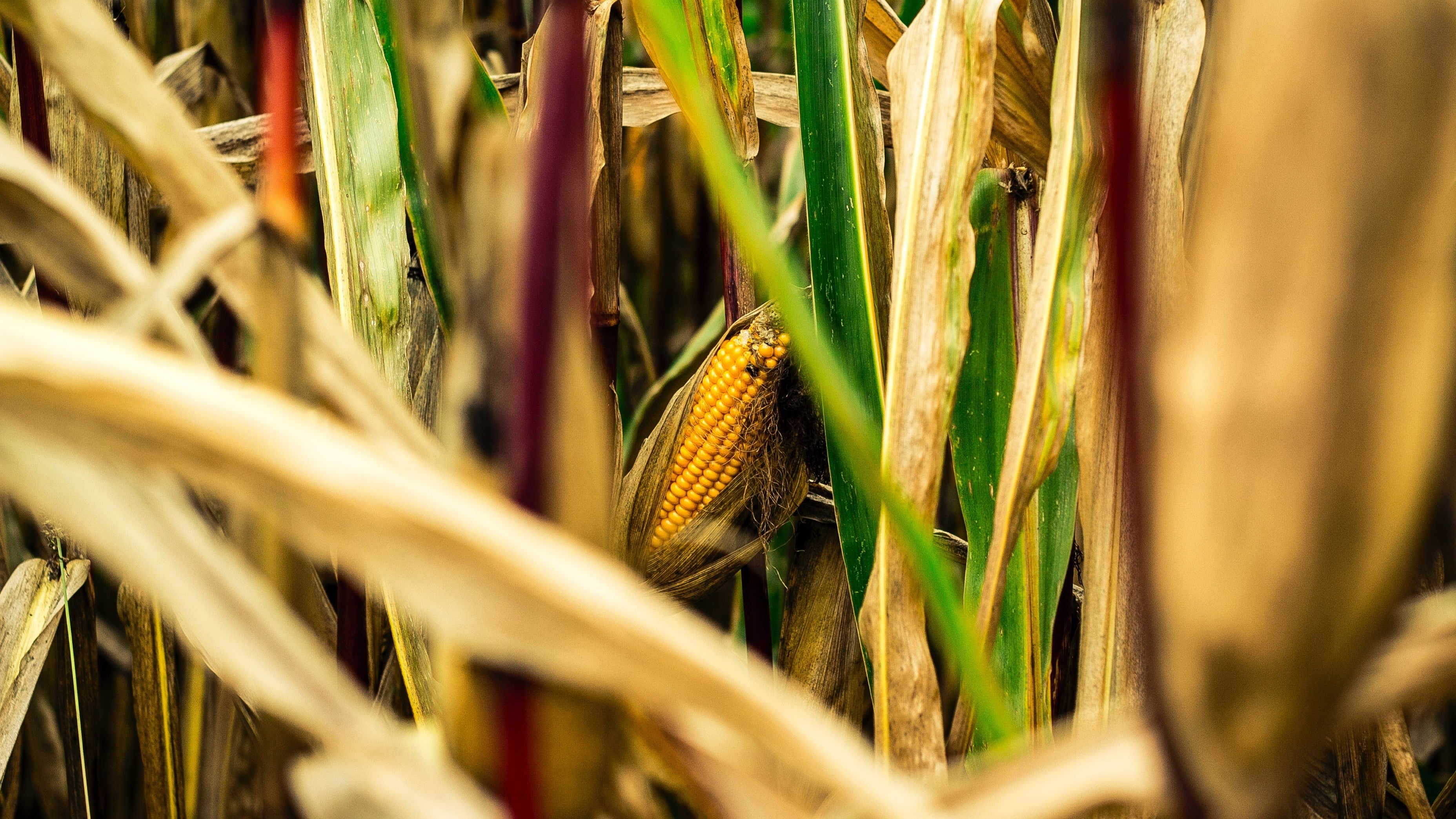
How To Avoid Greenwashing
BY MIRANDA NEELY
Have you heard about greenwashing? I learned what it was and wish I had known sooner. For the past few years, I have been looking for more environmentally friendly clothing brands on my journey towards creating the perfect capsule wardrobe. This proved to be more difficult than I thought it would be and I quickly learned that not all brands are authentic.
So what does greenwashing mean? This term first made its appearance in the ‘80s from environmentalist Jay Westerveld and refers to a company using misleading practices to appear concerned about the environment. Basically, a company can label their products as green or eco-conscious but not actually commit to that statement. It’s like the word “diet” in diet soda. It sounds healthier than regular soda but that is not necessarily the case.
Greenwashing works by appealing to our conscience. When I hear one product is more environmentally friendly than another, I want to purchase the green product even if it costs a bit more. This is problematic if brands aren’t delivering on the promise that their goods are better for the environment. Consumers usually end up paying more than needed without achieving their goal of doing something beneficial for the environment.
For example, it’s easy for a clothing brand to say their new line is made from recycled polyester. That sounds like a great alternative to buying products made with newly created plastics. But, what percentage of their clothing are they making from recycled plastic? Does this initiative extend to all products or just this one line? It is common practice for companies to use a small percentage of recycled materials or only use it on non-performing parts and call the product green in their advertising.
Another common example of greenwashing is found in vegan leather. Vegan leather sounds like a great ethical option that doesn’t harm animals. And it could be. However, most vegan leathers are still being made of plastic. The number one culprit is Polyvinyl Chloride or PVC. Polyvinyl Chloride is extremely toxic and harmful to the workers making the product and, if not handled carefully, harmful to the environment and animals. So while it may seem like a better alternative from a vegan standpoint, it is not necessarily a better alternative for the environment. Learn more about vegan leather here.
Likewise, there has been a movement to get rid of plastic straws with many restaurants opting for strawless lids. This sounds like a great way to cut down plastic, but it’s not as straightforward as it sounds. There are concerns that straw-free lids actually contain more plastic than the straw and lid combination. The plastic used to make the straw-free lids is said to be a better option as it’s easier to recycle. However, only a small percentage of plastic is actually recycled worldwide. So is this option really better or would we be better off using paper lids or reusable cups? There are excellent options out there. Greenwashing just makes it difficult to determine which ones to use or purchase.
Thanks to technology, many options are becoming readily available. But sometimes the labeling is still confusing. For example, it’s a common practice to use faux leather, or vegan leather, to refer to any leather-like materials that’s not made from animal skin, but it does not distinguish between PVC-based materials and other eco-friendlier options such as plant-based materials or recycled materials. Similarly, “100% natural” could refer to animal products or products that include animal-derived Ingredients.
So how do we avoid greenwashing with it being such a common practice? A good place to start is with Futerra's 2015 Selling Sustainability Report. This report outlines 10 basic rules to help us avoid greenwashing.
1. If possible, avoid fluffy language. Words like “green” sound great, but what do they mean?
2. Don’t buy supposed environmentally friendly options from dirty companies. Energy-efficient appliances from big manufacturers may not be very energy efficient.
3. Don’t let suggestive pictures get to you. A plastic water bottle with a picturesque mountain stream on the label is still a plastic water bottle.
4. Irrelevant claims are irrelevant. Brands can advertise using recycled cardboard in their packaging without switching to recycled materials for any of their products.
5. Claiming to be the most green of any brand in that industry.
6. Sources that just aren’t credible. Environmentally friendly and gas-powered vehicles just don’t go together.
7. Try to avoid “gobbledygook.” We should beware of complex words that only scientists or doctors could easily research.
8. Steer clear of imaginary friends. Sometimes a brand might make up an endorsement to appear more legitimate.
9. Look for the proof. Don’t purchase the goods without the proof.
10. Beware of lying. Blatant lies are common practice.
It can all sound overwhelming. When I first started to do my research, I didn’t know where to look. I wanted to purchase ethical and environmentally friendly clothing but had a hard time finding brands that fit the bill. But they are out there. Keep your head up and keep looking. More and more brands are making the authentic switch each day. Together, we can be conscious consumers and make a difference for our environment, our workers, our animals, and our world.
Editor's note:
Want to learn more about building a sustainable wardrobe? Check out this article by Adriana Lopez.
*****************
About the Writer
Miranda Neely studied literature and has since worked in various industries before returning to her passion for the written word. She enjoys researching clean alternatives to incorporate into her lifestyle and home that she shares with her husband and sweet pup. In her free time, you can find her crafting, reading a good book, or absorbing podcasts and nerd culture in mass.
Image Credit: Olga Strelnikova

